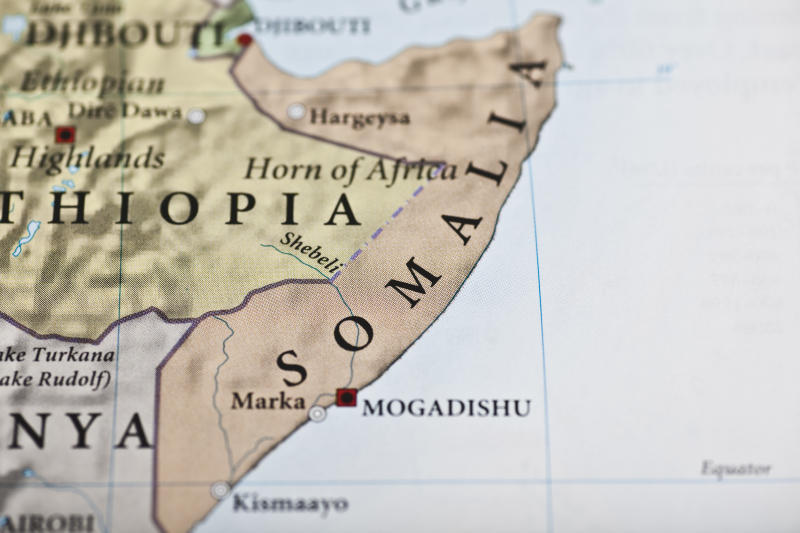×
The Standard e-Paper
Kenya's Bold Newspaper

Kenya’s belated withdrawal from proceedings before the International Court of Justice (ICJ) on the maritime boundary dispute with Somalia a fortnight ago needs to be understood without self-serving sentimentalism unless we want that court to have the last word on this matter.
As a coastline state on Western Indian Ocean, Kenya shares two maritime boundaries with Somalia to the north and Tanzania to the south.